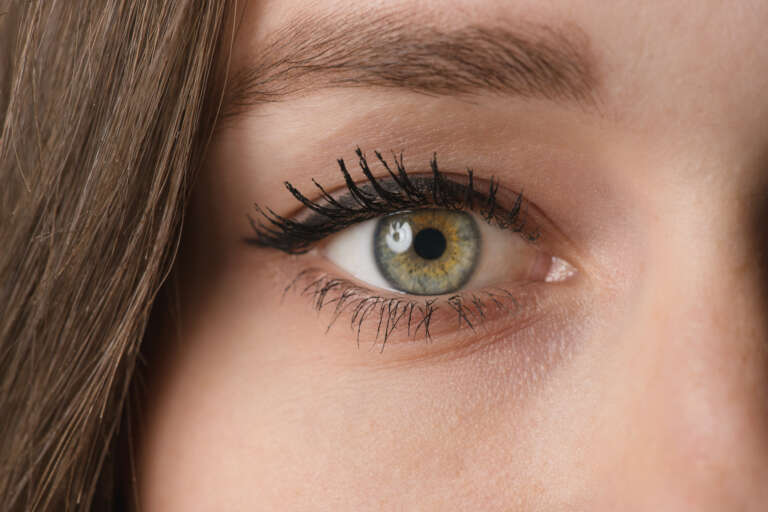Cornea service
The cornea is the clear front window of the eye. It transmits light to the interior of the eye allowing us to see clearly. Corneal diseases can cause clouding and distortion of vision, and eventually blindness. There are many types of corneal disease. Infections related to contact lenses, abrasions from trauma, and inflammation are common.
Symptoms of corneal disease
Symptoms of corneal disease:
- Infections or inflammation along with corneal abrasions will often cause a feeling that something is in the eye, with sensitivity to light and a foreign body sensation.
- Corneal ulcers and infiltrates can be caused by bacteria in and around the eye, or by the herpes virus that lives in most of us and can travel to the nerve endings of the eye and become an active infection of the cornea.
- Contact lenses, even when fit properly, can cause a shortage of oxygen to the cornea, essential for proper functioning and clarity of this delicate structure. If your contact lens hygiene is less than optimal, or you don’t replace lenses as frequently as necessary, the cornea will eventually “protest” and cause symptoms such as redness, irritation, and blurring of vision.
- Dry Eye syndrome is common and can cause significant damage to the cornea. Some people don’t produce enough tears, and others have eyes that don’t close fully to protect the cornea and keep it moist at night. Others have chronic lid infections, a common condition known as blepharitis, that causes an unstable tear film and can aggravate dry eye along with causing inflammation of the corneal surface.
- With keratoconus, as the cornea protrudes or steepens, vision becomes increasingly blurred and contact lens wear, which is often an early treatment for the disease, becomes difficult. The contact lens may not stay on the eye due to the irregular shape of the cornea.
- A person with Fuchs’ endothelial dystrophy or bullous keratopathy may first notice glare with lights at night or in bright sunlight. As these conditions progress, vision may be foggy or blurry in the morning and clear up as the day progresses. As the diseases further progress, vision will stay blurrier later into the day and eventually may not clear at all.
- Keratoconus is a weakening and thinning of the central cornea. The cornea develops a cone-shaped deformity. Progression can be rapid, gradual or intermittent. Keratoconus usually occurs in both eyes, but can occur in only one eye. This may start as astigmatism, which many people have a small amount of, but in higher irregular degrees, it can be difficult to correct with glasses or even contact lenses.
Diagnosing corneal disease
Your eye doctor can check for corneal disease and trauma by examining your eyes with magnifying instruments. Using a slit lamp and advanced diagnostic technology such as corneal topography, your doctor can detect signs of corneal infection, inflammation, scarring, and other problems associated with the front structure of the eye. A special dye may be used to determine the extent of the damage.
Treatment for corneal disease
As with any serious eye infection, corneal disease should be treated immediately. There are antibiotics and steroids that can be used topically, and occasionally by mouth, to treat the myriad of conditions that can affect the cornea. It is important NOT to use a friend’s eye drops or Visine like drops without consulting your ophthalmologist.
A corneal transplant is sometimes necessary to restore vision when the cornea becomes clouded, but newer advances like Endothelial Keratoplasty or DSAEK may also be employed in certain cases to help restore vision.

